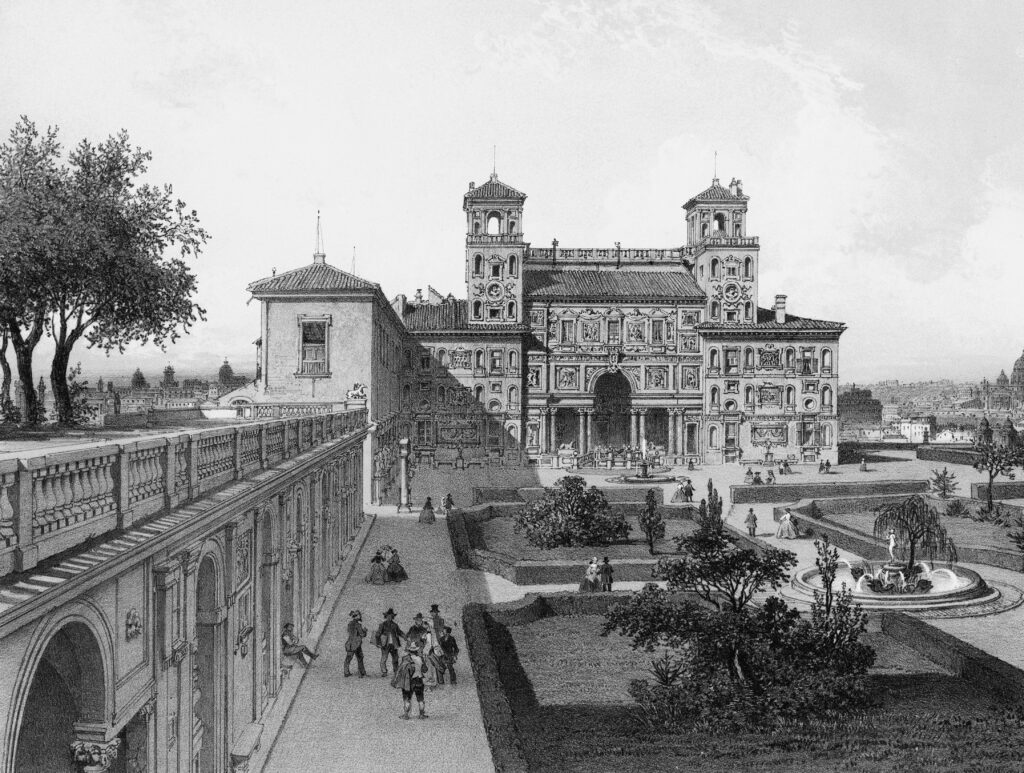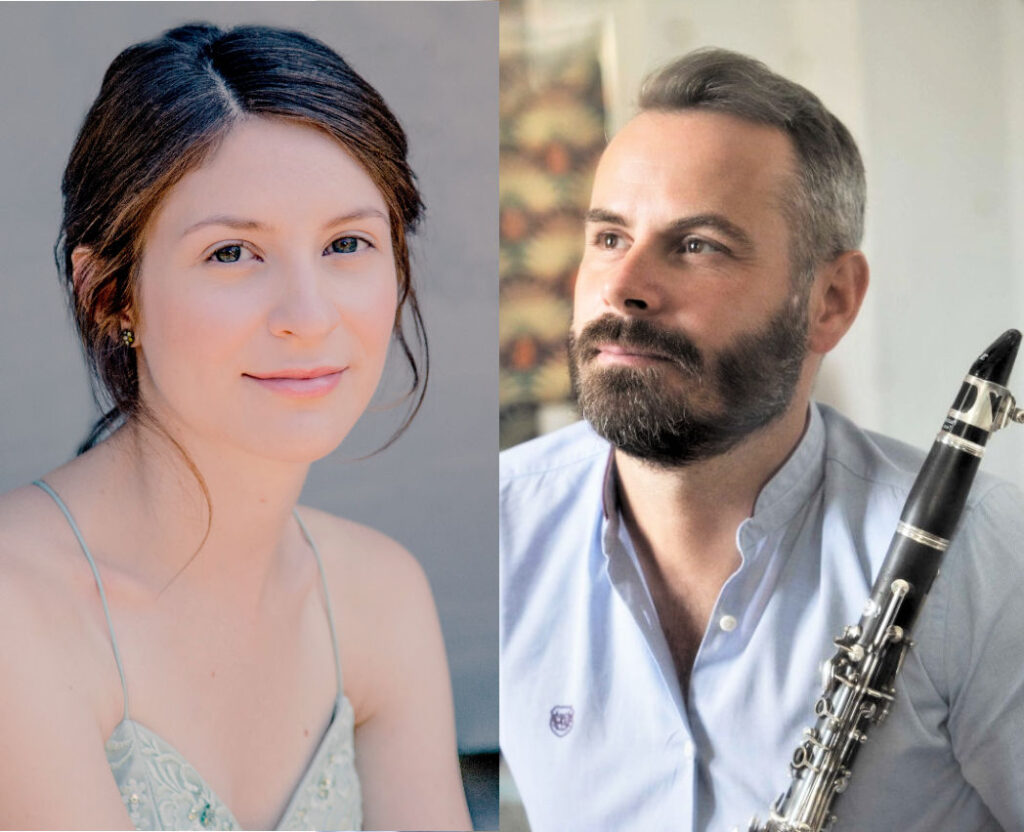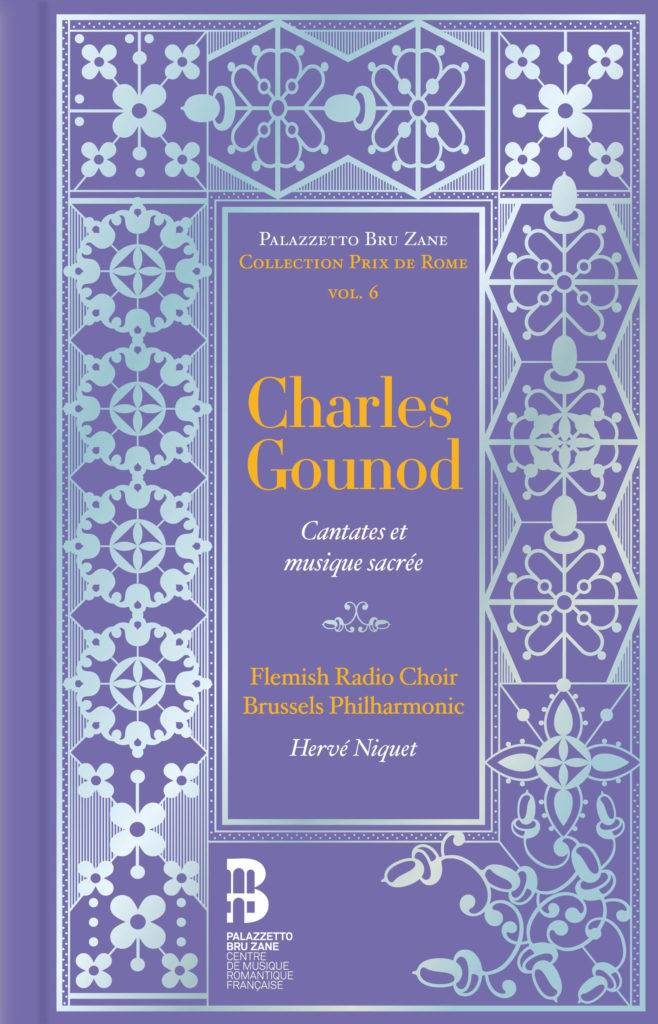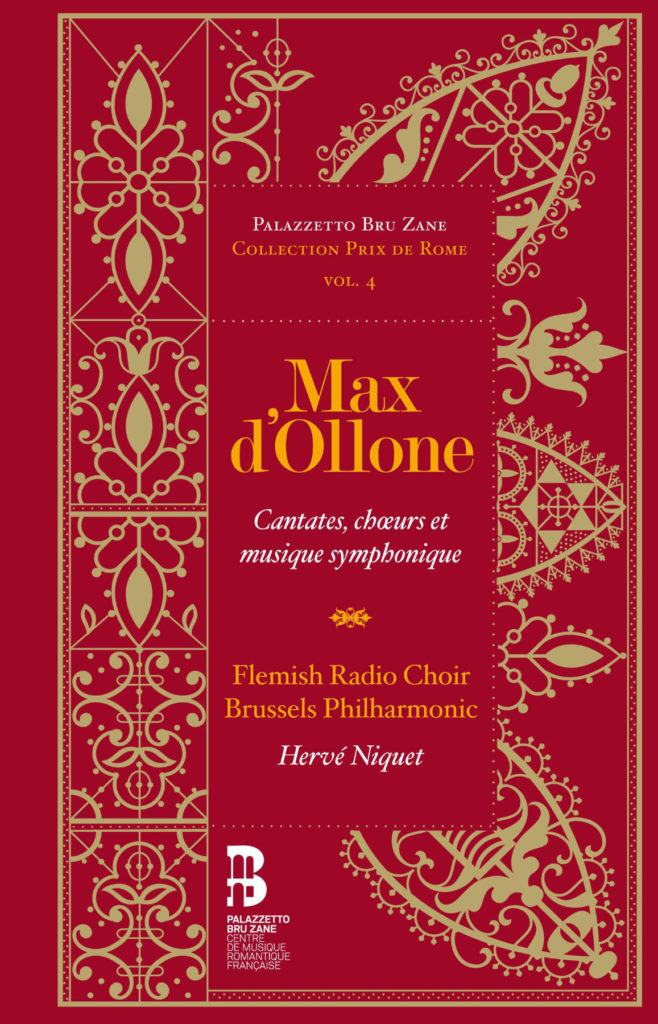The French composers at the Villa Medici in the nineteenth century
The Prix de Rome for music, created in 1803, enabled the elite of French composers to spend several years training in Italy. The competition, and the period of residence for the winner that followed, were as controversial and envied as they were admired and lusted after...
The Prix de Rome competition was long the most coveted route to the top in French artistic education. This was because it not only singled out the elite of the nation, but also provided its prizewinners with financial subsidies and – unofficially – career support on their return from Italy, in the form either of teaching posts or of state commissions. Although the episode of the competitive examination itself has been richly documented and extensively commented on, notably by the candidates themselves (and especially Berlioz and Debussy), the period of residence in Rome still gives the impression of a Golden Legend about which little is known. It is this mystery surrounding the ‘pensionnat’ at the Villa Medici that the Palazzetto Bru Zane intends partly to dissipate with its spring festival. The music written there – the ‘envois de Rome’, so called because the pieces were dispatched to Paris for inspection – covers a very broad spectrum, from opera and symphony to mélodie and chamber music. Since the Italian origin of most of the envois that entered posterity – among them Debussy’s Ariettes oubliées, Gounod’s Le Soir and Berlioz’s Rob-Roy Overture – is often little-known, few commentators have had much to say in favour of a sojourn in which farniente appeared to gain the upper hand over solid hard work. Yet such an attitude displays little understanding of the passionate artistic exchanges, the often plethoric output of compositions and the endless polemics that were the outcome of a residence at the Villa Medici…
The Prix de Rome for music, created in 1803, enabled the elite of French composers to spend several years training in Italy. The competition, and the period of residence for the winner that followed, were as controversial and envied as they were admired and lusted after...
The Prix de Rome competition was long the most coveted route to the top in French artistic education. This was because it not only singled out the elite of the nation, but also provided its prizewinners with financial subsidies and – unofficially – career support on their return from Italy, in the form either of teaching posts or of state commissions. Although the episode of the competitive examination itself has been richly documented and extensively commented on, notably by the candidates themselves (and especially Berlioz and Debussy), the period of residence in Rome still gives the impression of a Golden Legend about which little is known. It is this mystery surrounding the ‘pensionnat’ at the Villa Medici that the Palazzetto Bru Zane intends partly to dissipate with its spring festival. The music written there – the ‘envois de Rome’, so called because the pieces were dispatched to Paris for inspection – covers a very broad spectrum, from opera and symphony to mélodie and chamber music. Since the Italian origin of most of the envois that entered posterity – among them Debussy’s Ariettes oubliées, Gounod’s Le Soir and Berlioz’s Rob-Roy Overture – is often little-known, few commentators have had much to say in favour of a sojourn in which farniente appeared to gain the upper hand over solid hard work. Yet such an attitude displays little understanding of the passionate artistic exchanges, the often plethoric output of compositions and the endless polemics that were the outcome of a residence at the Villa Medici…


 Torna indietro
Torna indietro  newsletter
newsletter webradio
webradio replay
replay












